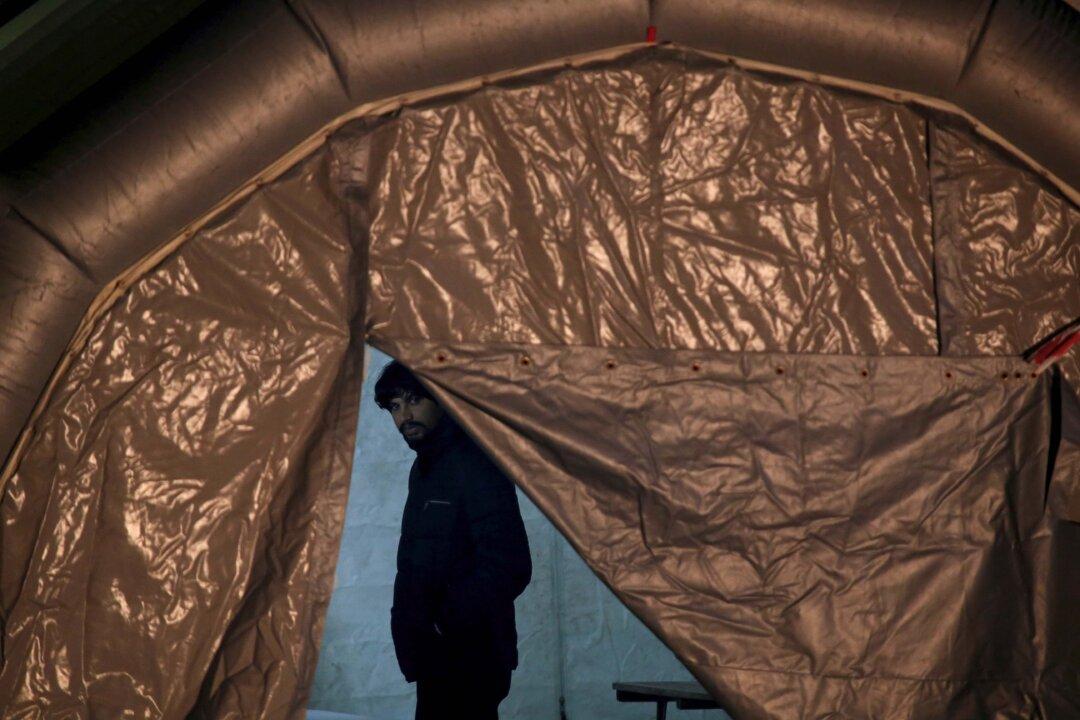VALLETTA, Malta—Malta’s armed forces saved 180 migrants in two rescue operations in the Mediterranean on Dec. 31, less than 24 hours after picking up another group of 69.
A patrol boat picked up 28 migrants from a dinghy 71 miles southwest of Malta, and an additional 152 packed aboard a wooden vessel close by—the largest such rescue mission for many months, the army said.





